Why Your Managed SOC Is Costing 30% More Than It Should And Still Falling Short

Contents
When “Managed” Doesn’t Mean Effective When “Managed” Doesn’t Mean Effective The Hidden Inefficiencies Driving Up Your SOC Spend The Hidden Inefficiencies Driving Up Your SOC Spend What “Good” Should Look Like Now What “Good” Should Look Like Now What to Ask Your Provider Right Now What to Ask Your Provider Right Now UBDS Digital’s Perspective: Raising the Bar for Managed SOC UBDS Digital’s Perspective: Raising the Bar for Managed SOC Take the First Step: Download the SOC Cost Savings Guide Take the First Step: Download the SOC Cost Savings Guidefor the latest insights
When “Managed” Doesn’t Mean Effective
For many organisations, outsourcing the Security Operations Centre (SOC) was meant to simplify cybersecurity while improving outcomes and controlling costs. But over time, what was once a smart strategic move has become a source of silent overspending and operational underperformance.
If you're using a Managed SOC provider and still dealing with slow or expensive incident response, rising costs, and limited visibility, you're not alone. The truth is, not all Managed SOC services are created equal and many are quietly costing organisations 30% more than they should, while delivering far less than today’s threat landscape demands.
The Hidden Inefficiencies Driving Up Your SOC Spend
Legacy Pricing Models with No Outcome Alignment
Many SOC service contracts are still based on outdated pricing structures—charging by volume, alerts, or hourly support—without tying cost to outcomes. This leads to ballooning costs with no guarantee of faster response or better protection.
Reactive Threat Detection Instead of Proactive Defence
A true modern SOC should be continuously hunting, not just waiting for alerts. If your provider isn’t leveraging AI, automation, and threat intelligence, you’re paying for people to manually manage alerts, a model that simply can’t scale or compete.
Incident Response “Extras”
One of the most common cost traps: incident response isn’t included. It’s often billed separately or worse, delayed due to scoping, permissions, or lack of pre-defined playbooks. That means you’re paying a premium for a reactive, fragmented service at the exact moment you need speed and clarity.
Disconnected Tooling and No Platform Integration
Many SOCs are still juggling disparate systems; SIEM from one vendor, SOAR from another, and threat intel from yet another. The result? Siloed workflows, visibility gaps, and rising tool costs that get passed directly onto the client.
What “Good” Should Look Like Now
A high-performing Managed SOC should be built around three core principles: automation, visibility, and cost-efficiency. If your current provider isn’t delivering on all three, you’re leaving both protection and value on the table.
AI-Driven Detection & Automated Response
The modern SOC leverages AI and automation to triage, correlate, and respond to threats in real time removing the delay (and cost) of manual escalation chains.
Incident Response Included as Standard
Top-tier SOC services include incident containment, investigation, and post-incident reporting with no hidden fees or delays. It should be baked into the service, not added as an afterthought.
Transparent, Outcome-Based Pricing
You should know what you’re paying for - and what you’re getting. Managed SOC should offer clear pricing models tied to guaranteed service levels, not guesswork or alerts-per-month metrics.
What to Ask Your Provider Right Now
If you're unsure whether your Managed SOC is delivering, start with these five questions:
- How is our incident response handled and is it included or billed separately?
- What automation is in place to reduce analyst workload and response time?
- Are all tools integrated into a single platform, or are we paying for patchwork solutions?
- Can we see evidence of cost efficiency or ROI improvements over time?
- How do your SLAs compare to market benchmarks for response and containment?
If the answers aren't clear or aren’t inspiring confidence it may be time to re-evaluate your approach.
UBDS Digital’s Perspective: Raising the Bar for Managed SOC
We work with enterprise organisations across the UK that come to us frustrated by underwhelming SOC performance and escalating costs. Our approach isn’t just different, it’s built from the ground up to eliminate the very issues most providers ignore.
- 30% cost savings guaranteed, backed by clear performance data
- Incident response included as standard - no hidden costs, no waiting
- AI-powered platform with integrated SIEM, SOAR, and threat intelligence
- Operated by UK-based, SC/DV-cleared analysts
- Seamless migration framework, risk-free, zero downtime, full continuity
We believe Managed SOC should mean smarter protection, faster outcomes, and better value not just about outsourcing the problem.
Take the First Step: Download the SOC Cost Savings Guide
If you suspect your current Managed SOC model is costing too much and delivering too little, we’ve created a clear, executive-level guide to help you benchmark what good looks like.
Inside, you'll find:
- True cost comparisons between in-house and outsourced SOC models
- Real-world examples of UK firms saving 30% or more
- What to demand from a modern SOC partner
- A framework for assessing value, risk, and ROI
📩 Download Now.

Looking for
exceptional outcomes?






